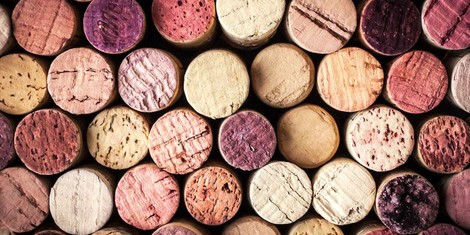Your podcast discovery platform
Curious minds select the most fascinating podcasts from around the world. Discover hand-piqd audio recommendations on your favorite topics.

piqer for: Climate and Environment Boom and bust Global finds
Didem Tali is an award-winning journalist covering international development, gender, displacement and environment issues for English-language media around the world.
Relax, Drinking Wine Can Be Good For The Environment
As long as the bottle of wine you are about to enjoy has a traditional cork stopper, it's perfectly fine to enjoy your alcoholic beverage without environmental guilt.
The majority of the cork that is used in the wine industry comes from the Mediterranean cork-oak forests, which cover some 6.6 million acres of Portugal, Spain, France, Italy and North Africa. The majority of these forests is privately owned and managed as oak farms. Scientists consider Mediterranean cork-oak forests among the most bio-diverse forests in the world. The United Nations has classified them as one of the planet's "25 Biodiversity Hot Spots."
"Intermingled among the cork-oak (Quercus suber) are other kinds of oaks, as well as pines and sometimes even wild olive trees. More than 130 different plant species can be found within less than one square mile of a healthy cork-oak forest. But it's not just the trees and flowers that love a good cork-oak forest. Wildlife is often abundant; cork-oak forests are a critical habitat for such endangered species including the Iberian lynx, Iberian imperial eagle and Barbary apes and deer," writes Stuart Butler.
With cork-oak trees living on average for 200 years, a single tree can be harvested up to 16 times. Each time the cork re-grows, it absorbs an additional 10 tons of CO2. Furthermore, it's not just the environment the cork industry benefits. It provides 30,000 direct jobs in Europe and generates around €1.5 billion annually.
Now, enjoy that glass of wine guilt-free and make sure that you don't switch to wine bottles with plastic or metal caps.
Stay up to date – with a newsletter from your channel on Climate and Environment.
